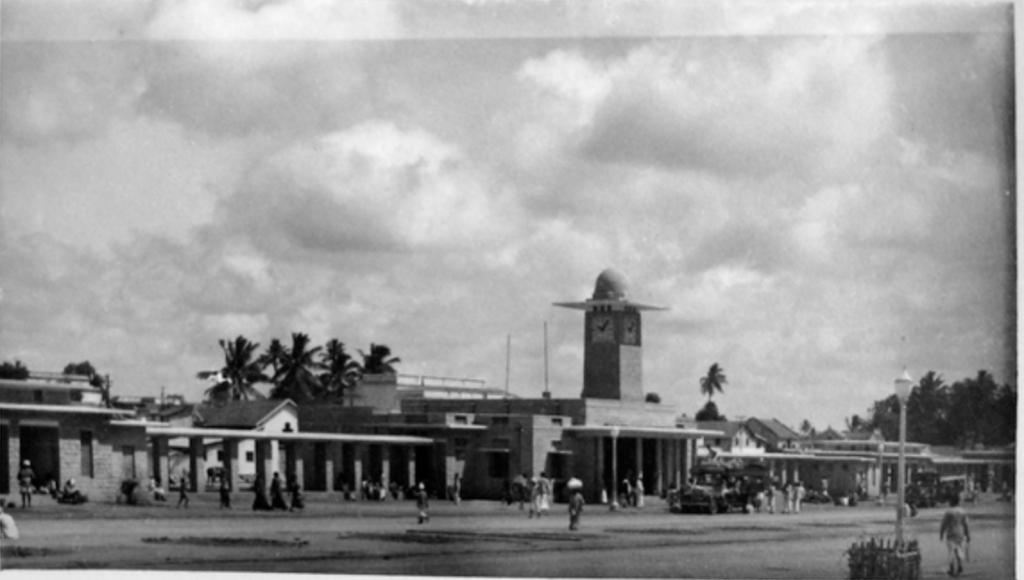The First Green Architect Of Bangalore
One of the earliest ‘Green Architects of Bangalore and Mysore that most people don’t know about.
Story has it that Koenigsberger came to Bengaluru in the late 1930s at the behest of his uncle, German physicist and mathematician, Max Born (recipient of the 1954 Nobel Prize in Physics), who was a guest of CV Raman at the time. The Diwan of Mysore, Mirza Ismail had enquired about an architect, following which Koenigsberger was introduced. In 1939, he went on to become the chief architect and planner to the state of Mysore.
In the following nine years, Koenigsberger was at the helm of the design and construction of several public buildings. Notable among these are the erstwhile Bangalore City Bus Terminus and the Municipal Swimming Pool, the Krishna Rao Pavilion, and some of the buildings at Indian Institute of Science, including the dining hall, the Aeronautical Engineering Department and the Metallurgy Department. Bal Bhavan, in the Cubbon Park is also said to have been designed by him.
Post independence, Koenigsberger was appointed as the first Director of Housing under Nehru’s government. He held this post from 1948 to 1951 and was mostly involved in planning for the housing of those affected by the partition. He was also instrumental in the town planning for Jamshedpur, Gandhidham and Bhubaneshwar. He left Indian shores for London in the early 1950s. Although he was clearly inspired by the concepts of European modernism, Koenigsberger had no intention of transferring internationally styled white cubes to India, or decking the Deccan plateau with Domino-Houses. Instead, Koenigsberger envisioned modern architecture in Bangalore to be climate-optimised and homegrown, founded on an understanding of the needs and habits of the local population and built of indigenous materials. By integrating the results of scientific research – in the climatic and social conditions of Mysore State as well as the locally available building materials – into architectural design, he believed buildings would become more efficient while embodying and expressing the local culture.
As an architect he is respected as an early proponent of sustainable, climate-appropriate and energy-efficient design, his research into which culminated in the Manual of Tropical Housing and Building Design: Climatic Design, which was published with T. G. Ingersoll, A. Mayhew and S. V. Szokolay in 1974 and is still ubiquitous in many architecture schools around the world.
